Amazfit Helio Ring review: it takes two to tango
The hybrid smart ring/smartwatch approach has its benefits – but also its disadvantages
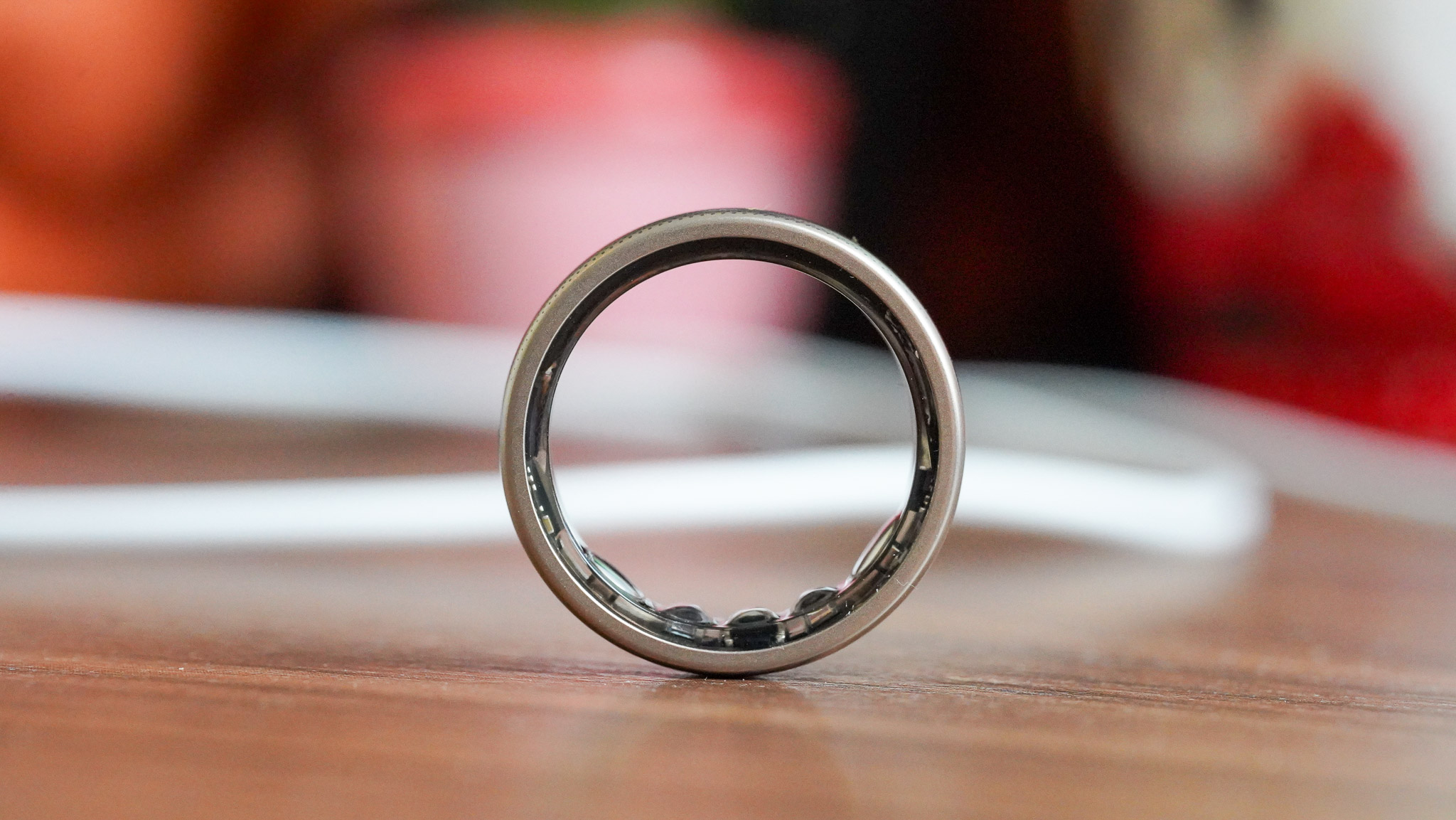
The Amazfit Helio Ring offers a sleek titanium build, robust sleep tracking, and focuses on readiness and recovery. However, it lacks standalone functionality and daytime activity tracking. Priced at $300 with additional subscription fees for premium features, it's best suited for Amazfit smartwatch users needing enhanced sleep insights.
-
+
Lightweight construction
-
+
Tracks sleep stages, resting heart rate and breathing quality
-
+
Provides a readiness score and estimates recovery time needed based on training load
-
-
Subscription features are confusing and expensive
-
-
No stress tracking
-
-
No automatic exercise recognition
Why you can trust T3

One of the surprise smart ring announcements came early in 2024 when affordable wearable brand Amazfit revealed the Helio Smart Ring at CES 2024 in January. Hailed as a ring “engineered for elite athletes,” I was super keen on finding out more about it.
I managed to get a sneak peek at the Helio ring in April when Kelvin Kiptum joined Amazfit as an ambassador (before his sudden and very sad passing). It was announced in Paris, and the company put the upcoming ring on display. That’s when I found out it will only be available in the US from April.
What excited me the most about the Helio Ring is its ability to play nicely with Amazfit watches, creating the first smartwatch-smart ring hybrid system. Using two Amazfit wearables, you can collect data day and night without any parts of your body getting too irritated by either of the wearables.
This unique approach is where I think most of the wearable world is headed, and no matter what I (or anyone else) say in this Helio Smart Ring review, no one can take away the pioneering role of Amazfit in this regard. Without further ado, let’s see how the Helio ring compares to the best smart rings, shall we?
Amazfit Helio Ring review
Price and availability
The Amazfit Helio Ring was launched in April 2024 and is available now at Amazfit for a recommended retail price of $300. At the time of writing, it was only available in the US in two sizes: 10 and 12. The brand told me that additional sizes will begin to roll out in July 2024, so very soon. It comes in one colour only: Titanium.
If you purchase the Helio Ring with a select Amazfit smartwatch (T-Rex Ultra, Falcon and Cheetah Pro), you get $150 off your order, plus 3 months of Zepp Aura and 6 months of Zepp Fitness for free. I used the size 12 version for this review.
Specifications
- Weight: 3.75-3.83g
- Thickness: 2.6 mm
- Available sizes: 10,12 (for now)
- Battery life: up to 4 days
- Water rating: 10 ATM
- Op. system requirements: Android 7.0 or above; iOS 12.0 and above
Design and build quality
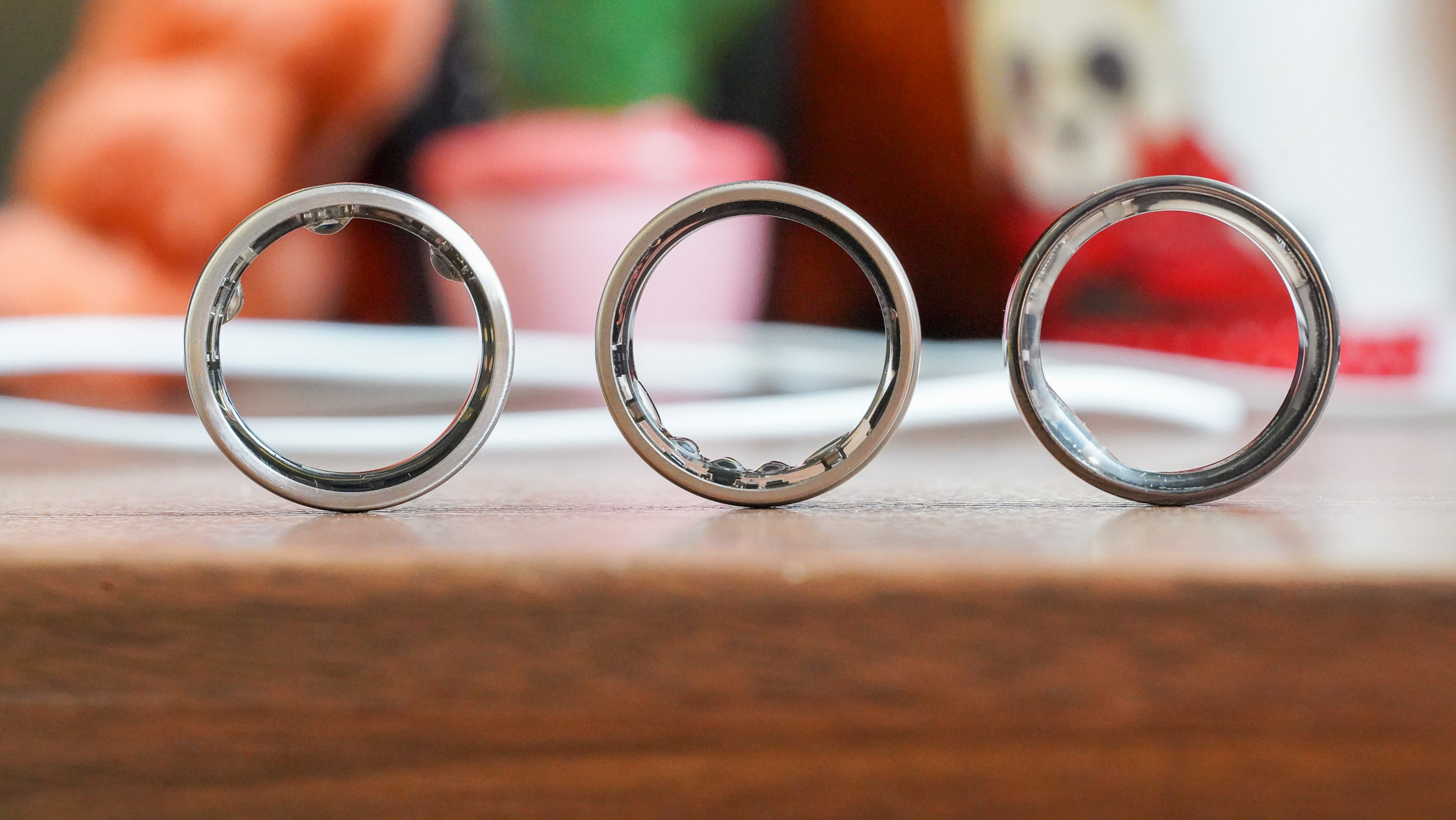
Left to right: Oura Ring Gen 3, Amazfit Helio Ring, Ultrahuman Ring Air
Smart rings all look very similar to each other due to the form restrictions. They don’t come with displays or flashy straps, and they all have to be thin and circular to fit on people’s fingers without being too distinctive.
With that in mind, it’s no surprise that the Amazfit Helio Ring has very similar physical specs to other notable smart rings on the market. It weighs just under 4 grams (my size 12 ring clocks in at 3.83g), has a 2.6mm thickness and a smooth titanium external shell.
The inside of the ring is transparent, resin-like plastic (or resin; I’m not entirely sure). Like most smart rings, it has a few internal bumps around the sensors, but these are less protruding than the Oura Ring Gen 3 (and a little bit less smooth compared to the Ultrahuman Ring Air).
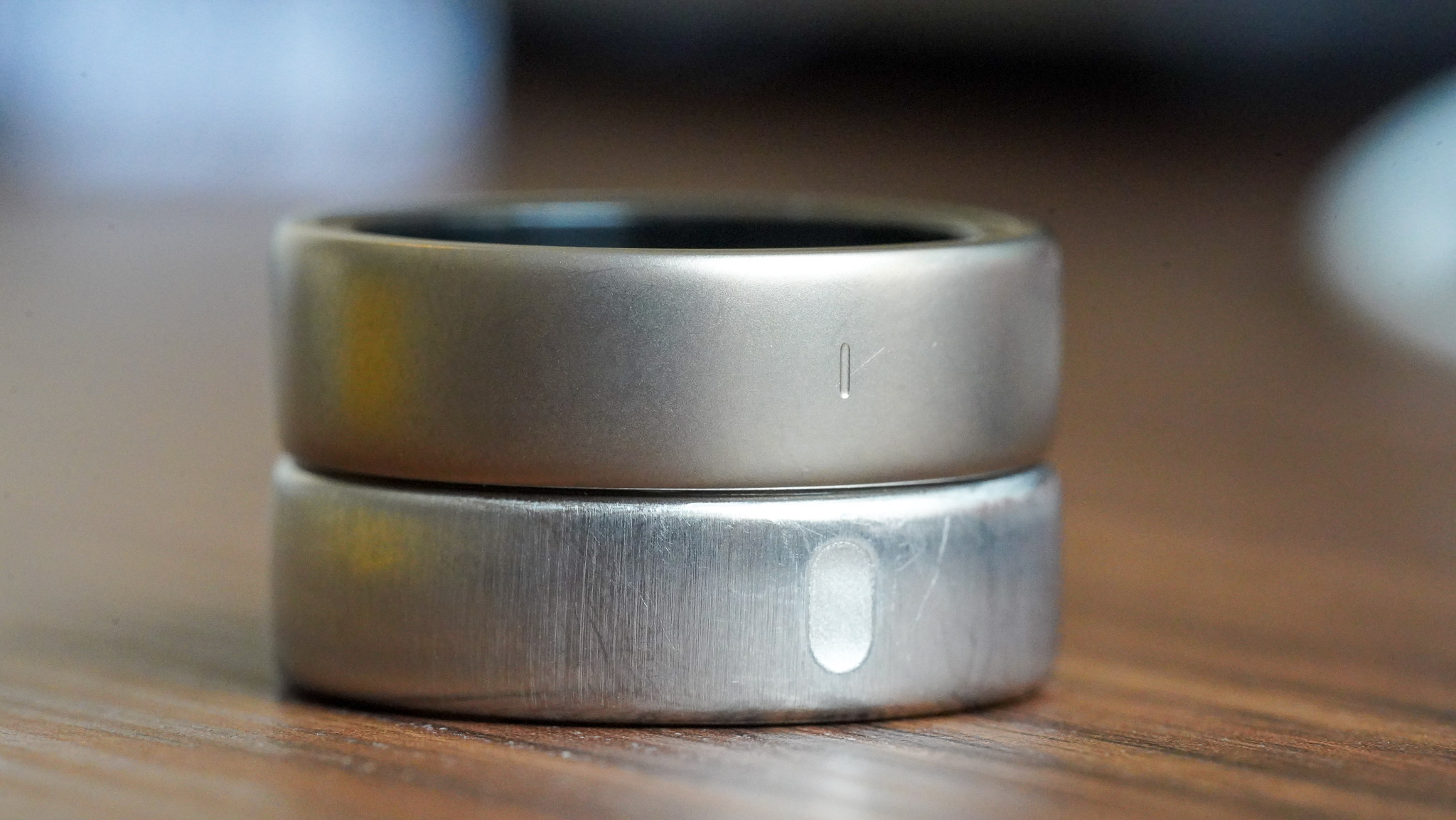
Top: Amazfit Helio Ring, Bottom: Oura Ring Gen 3
The titanium finish feels resilient against damage. After a few weeks of use, I couldn’t see any scratches on the ring, and I wore it on occasions when I manhandled stuff. On the promotional materials, the ring seems to have a sieve-like pattern. In reality, it’s very subtle and hardly noticeable.
The Helio Ring has a groove on the external shell similar to the Oura Ring Gen 3 to mark the position of the sensors on the inside. This is very small and hard to detect with your finger, which resulted in me often looking at the ring to see if it rotated too much. I’d prefer a more prominent indentation so I can adjust the ring without looking at it.
Sensors
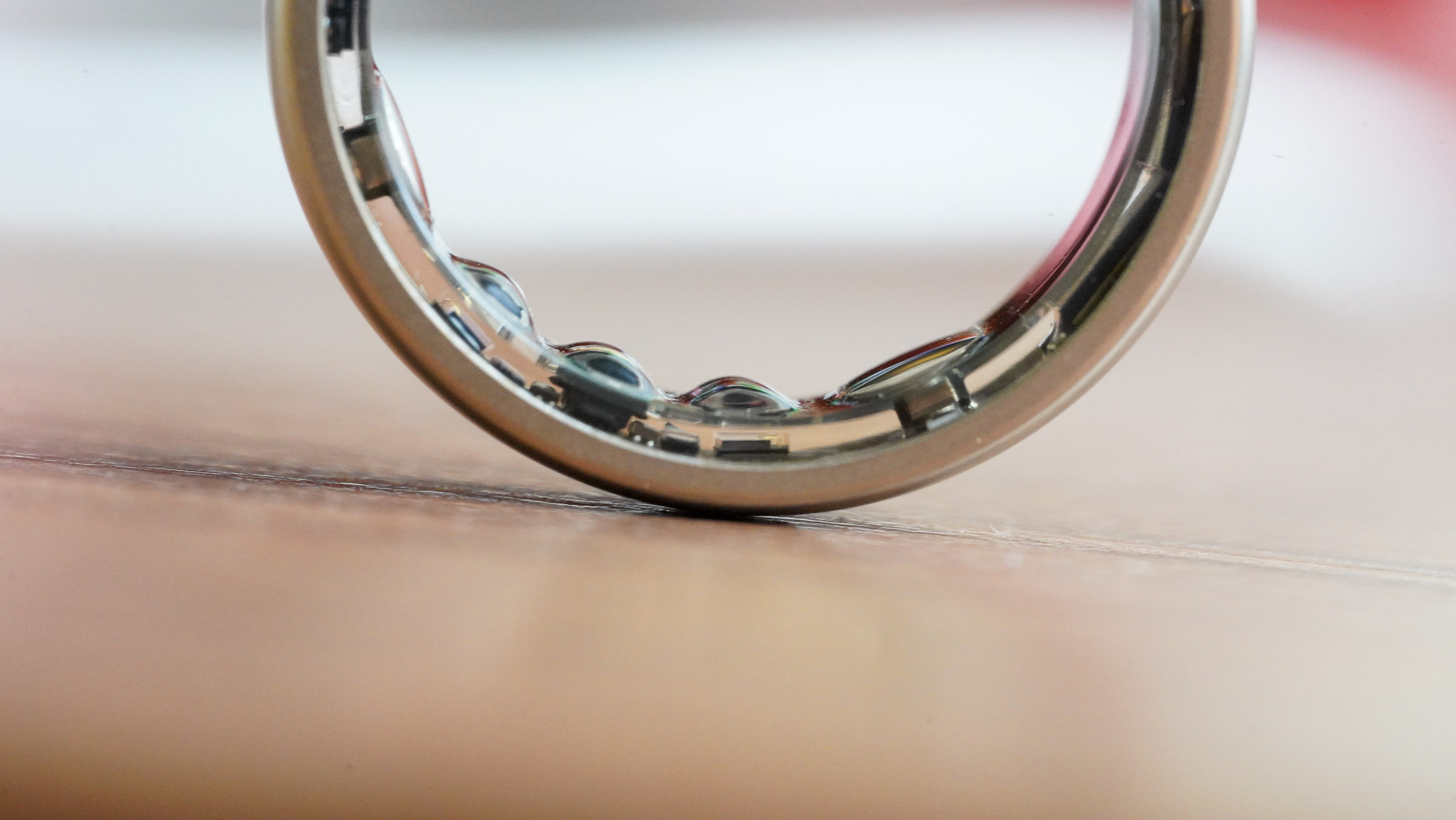
When announced, Amazfit touted the Helio Ring as a tool for high-level athletes who want to understand how their recovery can be optimised for better performance and to whom even a 0.1% margin can prove the difference between victory and defeat.
Those are lofty claims, and as such, you’d expect the smart ring to have a ton of sensors. The Helio Ring certainly has fewer sensors than your average smartwatch: a BioTracker PPG heart rate sensor, a temperature sensor, an EDA sensor, a 3-axis accelerometer, and a 3-axis gyroscope.
For now, the EDA sensor is disabled until the stress-tracking feature gets FDA (and, eventually, CE) clearing. There is no WiFi or GPS unison board, which isn’t a huge surprise considering the small form factor.
Features
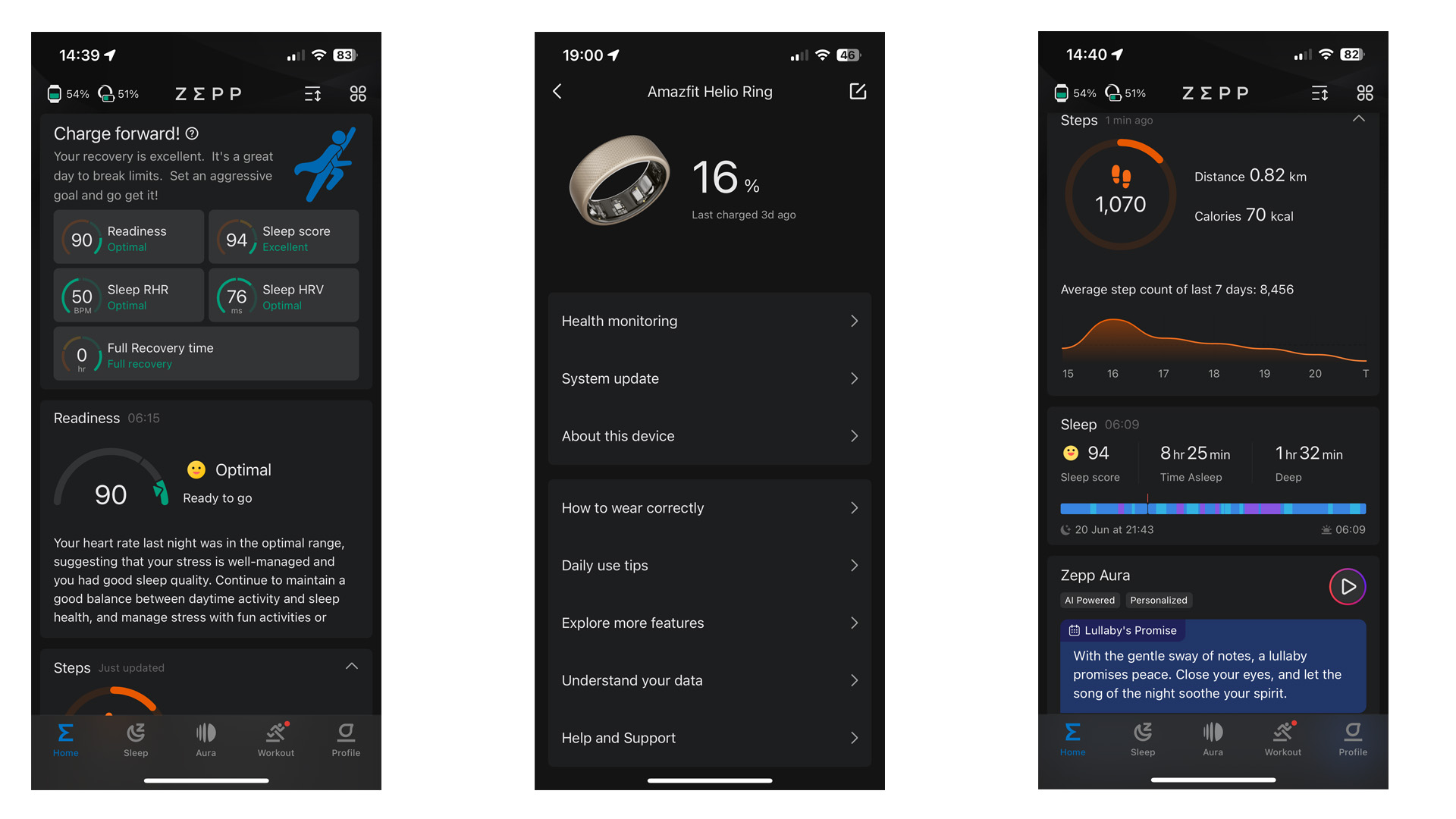
Top: Amazfit Helio Ring, Bottom: Oura Ring Gen 3
The Amazfit Helio focuses on sleep, recovery, and readiness. I’ll detail sleep in the section below, so here, I’ll focus on the other features the ring offers.
One of the standout features Amazfit pushed in the marketing promo is readiness. Like other similar features in other wearables, readiness is based on heart rate variability, training load, and sleep and shows how ready you are for exercise. One interesting tidbit is that Amazfit separates mental and physical recovery (I'm not sure how the former is evaluated, though).
Training load estimation is another one that Amazfit highlighted. Like readiness, it’s aimed at people who like to train a lot. After workout sessions, the algorithm suggests a certain recovery period to avoid injury. This can change based on sleep and general activity levels.
The Helio ring can also count steps and estimate calorie expenditure. In my experience, the latter is very modest unless you record workouts. It’s somewhat similar to Garmin, which bumps up your calorie expenditure when you log a walk as a workout as opposed to just letting the wearable track steps/etc passively.
There is also Zepp Aura, the company’s AI assistant, which, among other things, provides tailored sleep melodies that are said to adjust based on biometric data obtained while you sleep. Zepp Coach is another AI feature that I haven’t even tried (more on this below in the Performance section). Both are premium features that require a monthly subscription.
Sleep tracking
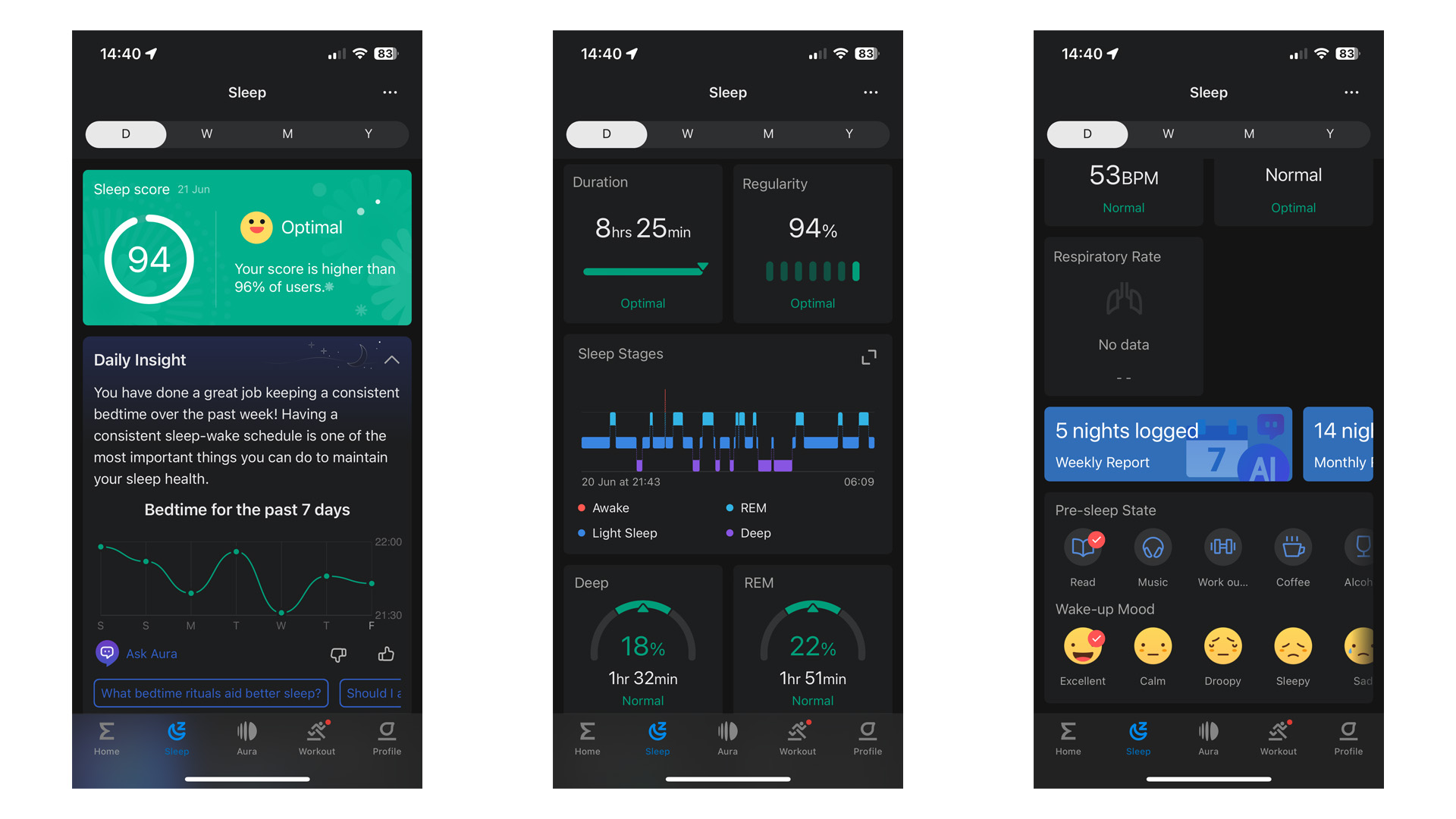
Smart rings track a number of health and fitness metrics, but sleep tracking is still one of the main features of these wearables. This is especially true for the Helio Ring, which is meant to be used in tandem with an Amazfit smartwatch. You’d wear the ring at night and watch during the day.
The Helio Ring provides you with an overall sleep score (0-100) and daily, personalised insights about your sleep. It also examines sleep stages, heart rate, resting heart rate, and heart rate variability, as well as breathing quality and rate. You can also see your trends in each of the subcategories.
One interesting feature is that you can rate your pre-sleep state and wake-up mood in the Zepp app. I’m not sure if it helps the algorithm or is more just a log for yourself, but I found it useful.
In terms of accuracy, the Helio ring seems to determine the bed and wake-up times well. Sleep stages are all estimated in all wearables, but it doesn’t seem widely inaccurate (I compared data with the Oura Ring Gen 3 and the Garmin Forerunner 965).
I like that you can see your heart rate overlayed on the sleep stages graph in the app—it’s a nice touch.
Performance
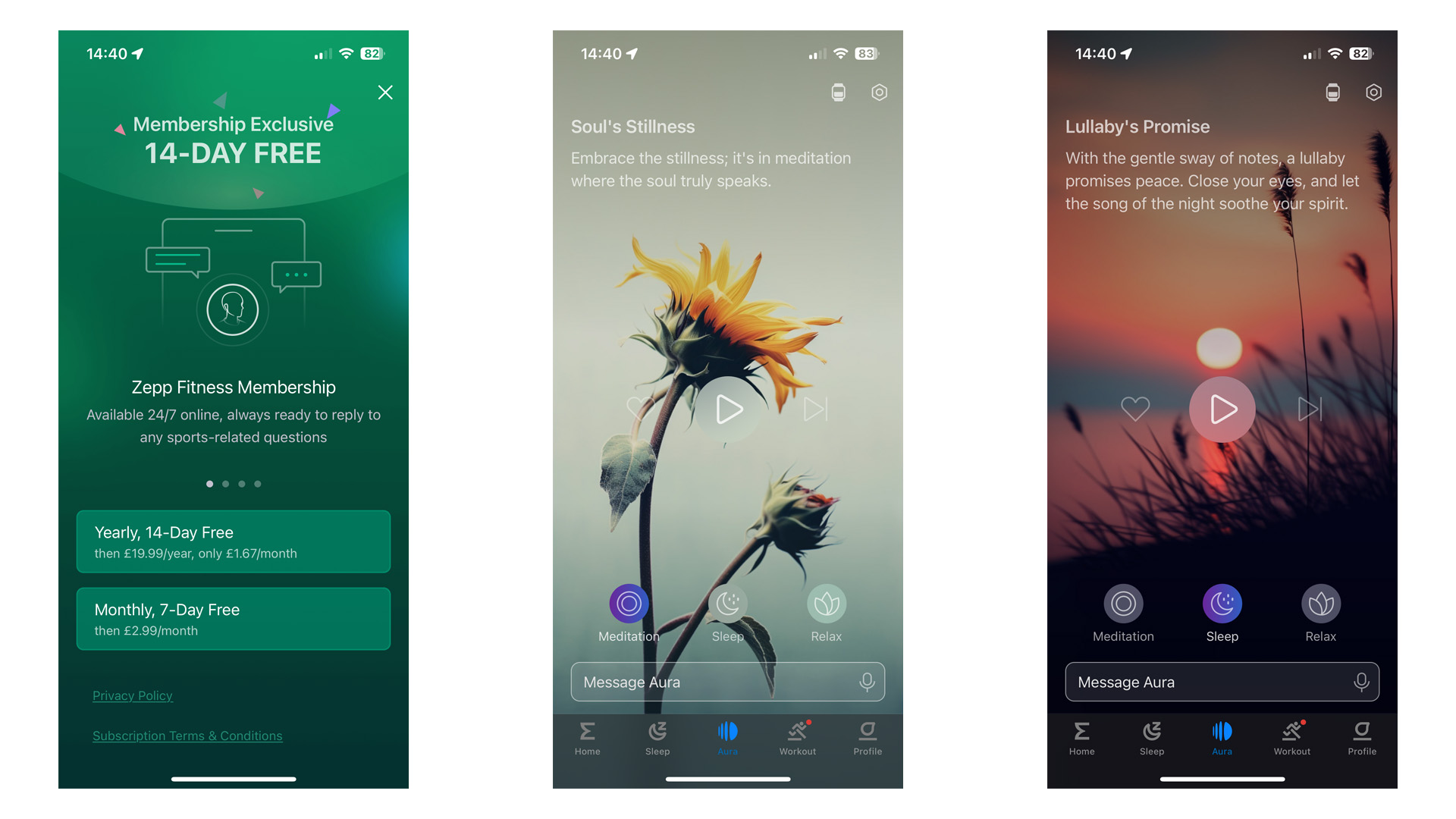
I’m going to start this section by saying that the Amazfit Helio Ring's USP is also what makes it lag behind other smart rings. The ring is designed to work alongside a smartwatch and, therefore, misses out on some of the features other ‘standalone’ smart rings offer. This is most evident in the way the Helio Ring treats daytime activities.
Unlike the Oura Ring Gen 3, the Helio Ring doesn’t automatically recognise daytime activities. This is because athletes probably don’t care about these casual features; they want the ring to track sleep, training load, and readiness, not count steps.
This will be added later, but the Helio Ring doesn’t track daytime stress, and the wearable won’t prompt you to stand up once in a while, either. It practically skips most daytime tracking functions, acting as a sleep accessory for people with Amazfit watches.
What metrics the Helio Ring tracks, it tracks well enough. Sleep tracking is on point, and readiness seems okay, too, although it’s impossible to double-check the latter as what’s readiness, anyway? It’s nice that it provides an estimation, though.
My biggest beef with the ring is the premium features, and not just because I was tricked into subscribing to the Zepp Aura feature for a month. Purchasing the Helio Ring should give you access to these features for three months, but when I activated it, I wasn’t given this option.
So, I tried signing up via the app, which said if I tried the monthly subscription version, I would get a 7-day free trial. I thought that was good enough. When I tried to pay with Apple Pay, it charged me straight away for a whole month without offering me a free trial (£9.99). Thanks, Amazfit!
Worse still, all you really get with the Zepp Aura are tailored sleep melodies that are said to adjust based on biometric data obtained while you sleep. I mean, you’d want to have a lot of money to throw away £120 a year on random tunes that may or may not work.
Come to think of it, I’m not even sure what the benefits of these melodies are. Would they help you sleep better? Which biometric data is used? Confusing.
Now, here’s the kicker: the Zepp Coach feature is another £2.99 a month. I’m not even sure what you get for the money. Oura gets a lot of flak for its $5.99 subscription fee, but you get a ton of helpful features for that money. Here, you can splash the cash ($16+ per month) and get very little back from what I can tell.
Battery life
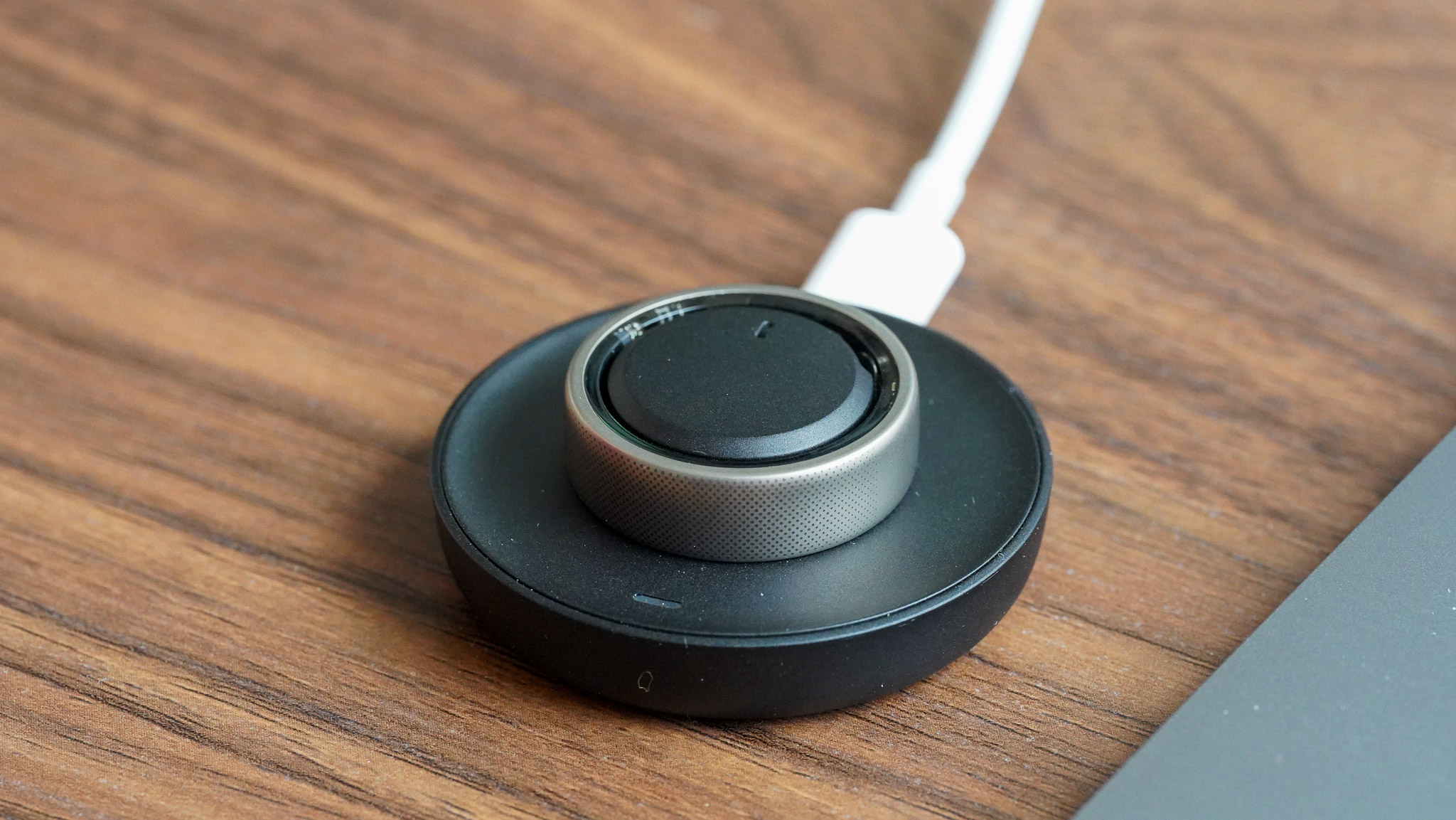
The official battery life of the Amazfit Helio Ring is up to four days, and based on my experience, it’s accurate. The ring will last more or less four days, which is not too shabby. It might not be on par with the competitors, but it’s not as bad as the Circular Ring Slim, so that’s something.
It charges relatively quickly, in around an hour and a half from zero to 100 per cent (the official number is 100 minutes). The wireless charger is very similar to all the competitors and comes with a USB 2.0 to USB-C cable included in the box.
Verdict
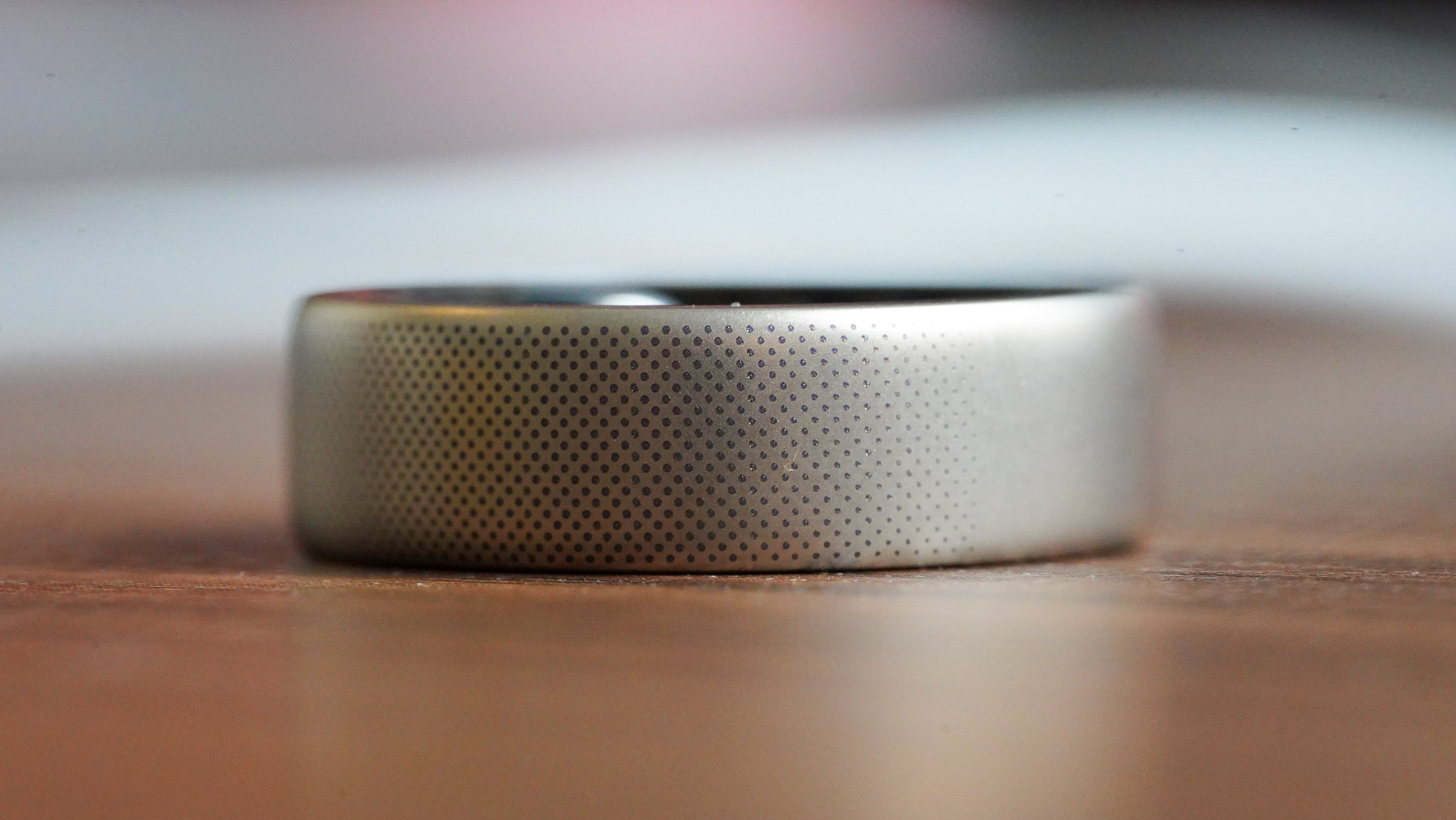
I mentioned in the intro that no matter what I say, no one will be able to take away from Amazfit that they were the first to implement a hybrid smartwatch/mart ring system.
As I also mentioned above, this is also the downfall of the Helio Ring; it acts more like a sleep tracker accessory for Amazfit smartwatch owners instead of a full-fledged wearable.
It’s possible (and very likely) that Amazfit will expand on the feature set of the Helio Ring in the future, but for now, you don’t get a lot of bang for your buck compared to other smart ring options available on the market right now.
$300 is a lot of money for a sleep tracker, considering that for more or less the same amount of cash, you can get the Ultrahuman Ring Air or the RingConn Smart Ring, both of which can track a ton of other metrics without a subscription fee.
That said, I look forward to seeing how the Amazfit Helio Ring will develop in the future. The hardware is good, and the company has the background and resources to bring the wearable up to speed with the competition.
For now, though, you’d better wait unless you want an Amazfit smartwatch and need a competent sleep tracker that feeds data straight into the app. Your choice.
Sign up to the T3 newsletter for smarter living straight to your inbox
Get all the latest news, reviews, deals and buying guides on gorgeous tech, home and active products from the T3 experts

Matt Kollat is a journalist and content creator who works for T3.com and its magazine counterpart as an Active Editor. His areas of expertise include wearables, drones, fitness equipment, nutrition and outdoor gear. He joined T3 in 2019. His byline appears in several publications, including Techradar and Fit&Well, and more. Matt also collaborated with other content creators (e.g. Garage Gym Reviews) and judged many awards, such as the European Specialist Sports Nutrition Alliance's ESSNawards. When he isn't working out, running or cycling, you'll find him roaming the countryside and trying out new podcasting and content creation equipment.
-
 New Casio G-Shock is half sci-fi nightmare, half Y2K chic
New Casio G-Shock is half sci-fi nightmare, half Y2K chicI hate how much I love this
By Sam Cross Published
-
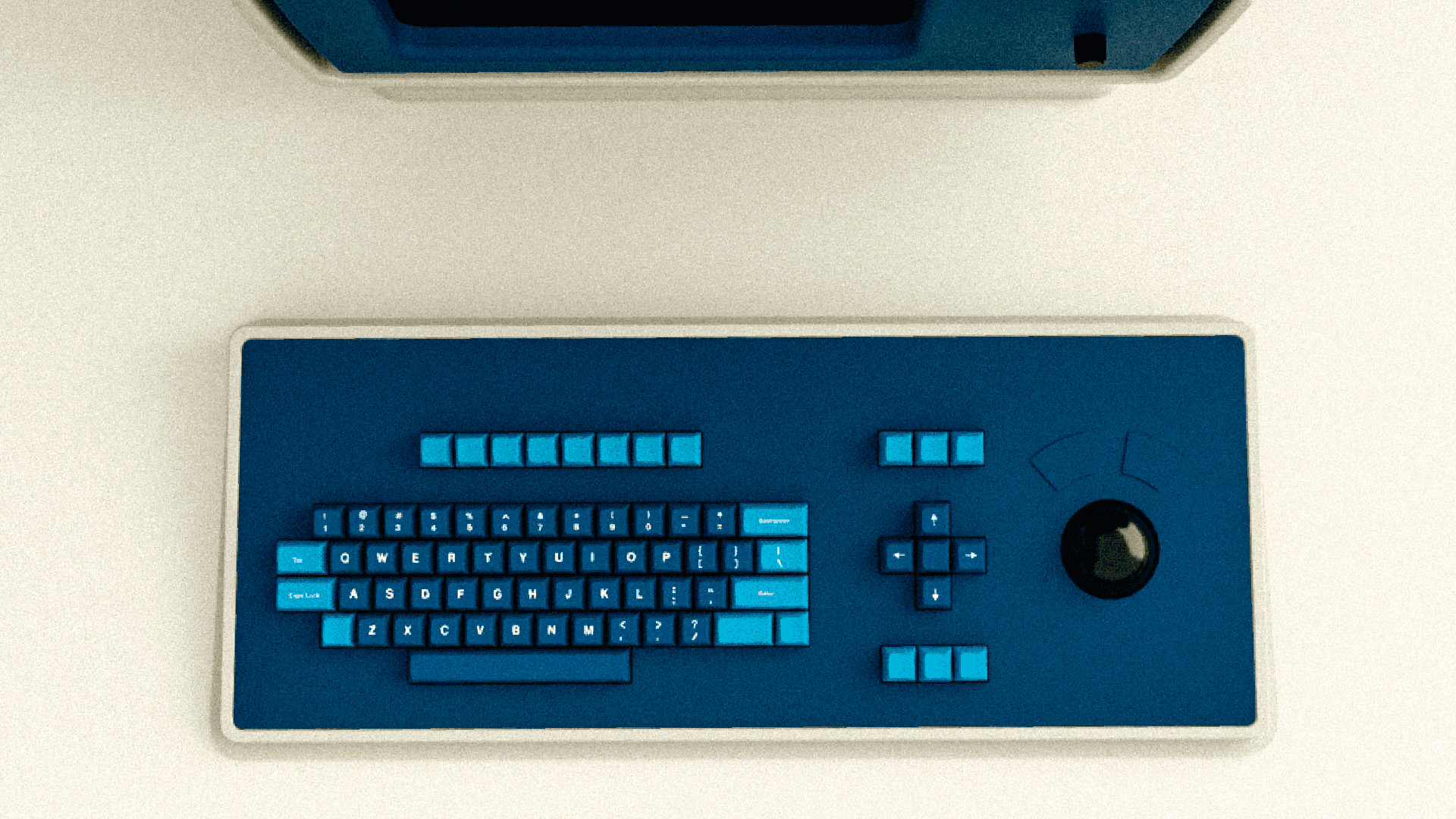 Apple's Severance computer may have been a joke, but the keyboard is coming for real
Apple's Severance computer may have been a joke, but the keyboard is coming for realTell us where we can sign up!
By Britta O'Boyle Published
-
 Xbox Series X/S storage space problems solved by a sneaky Xbox Game Pass update
Xbox Series X/S storage space problems solved by a sneaky Xbox Game Pass updateYou may never have to buy external storage again
By Rik Henderson Published